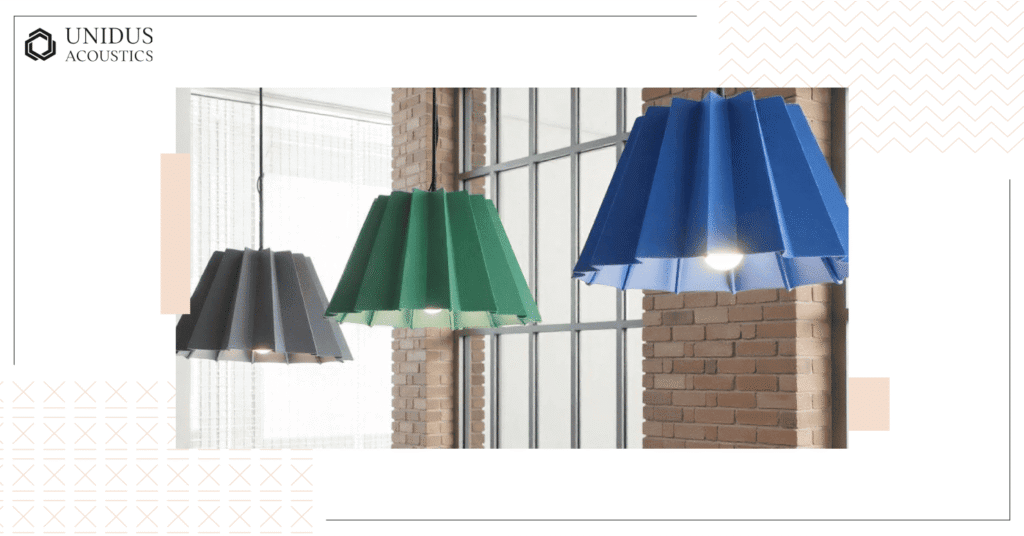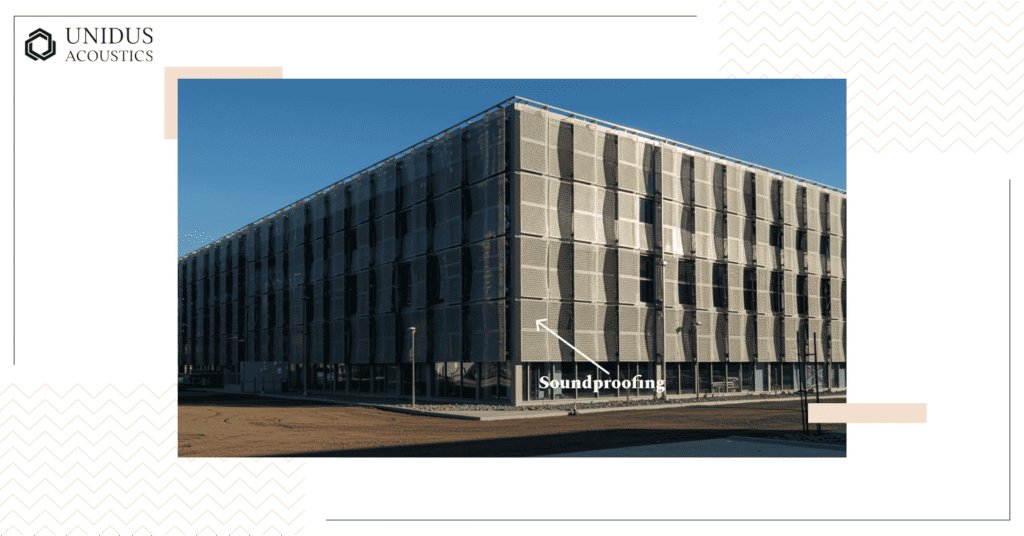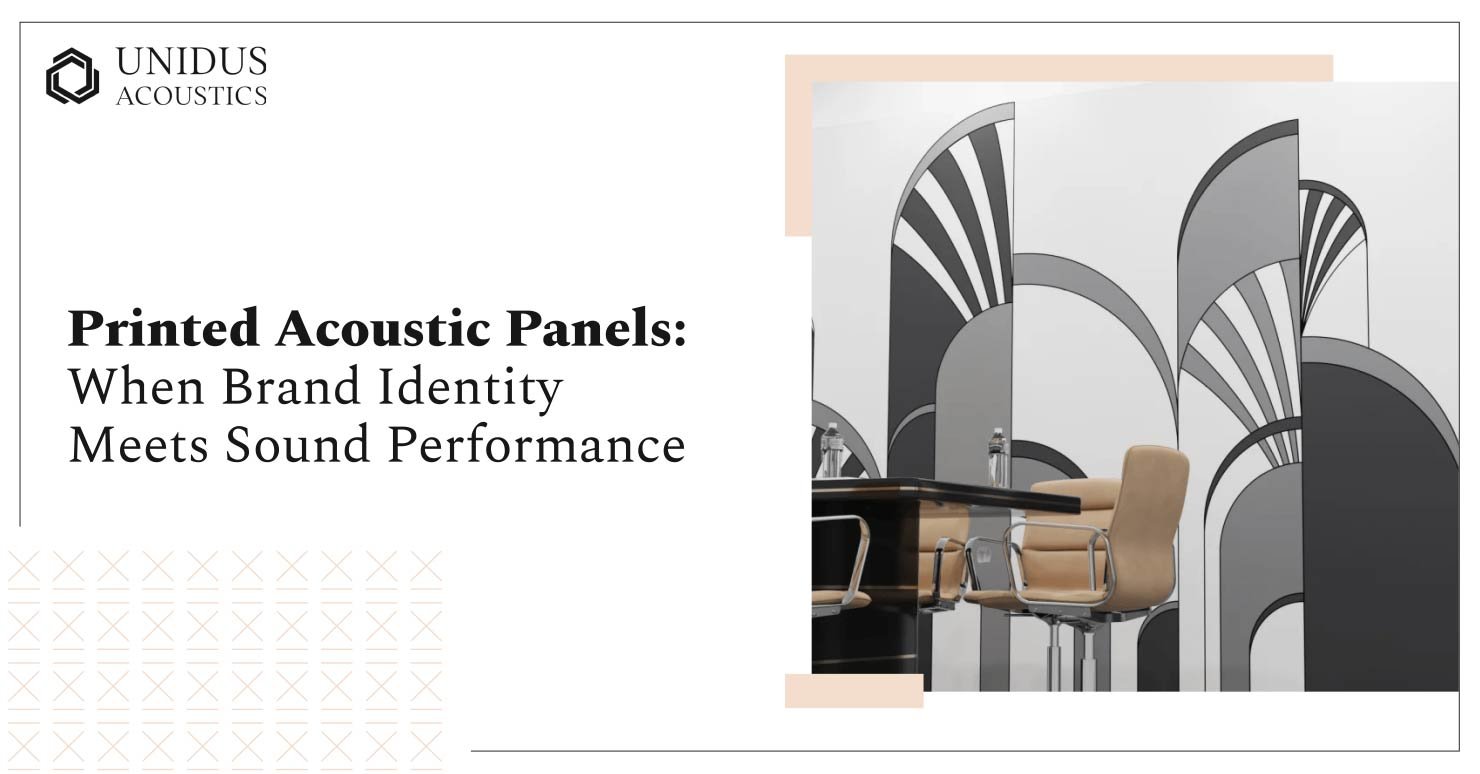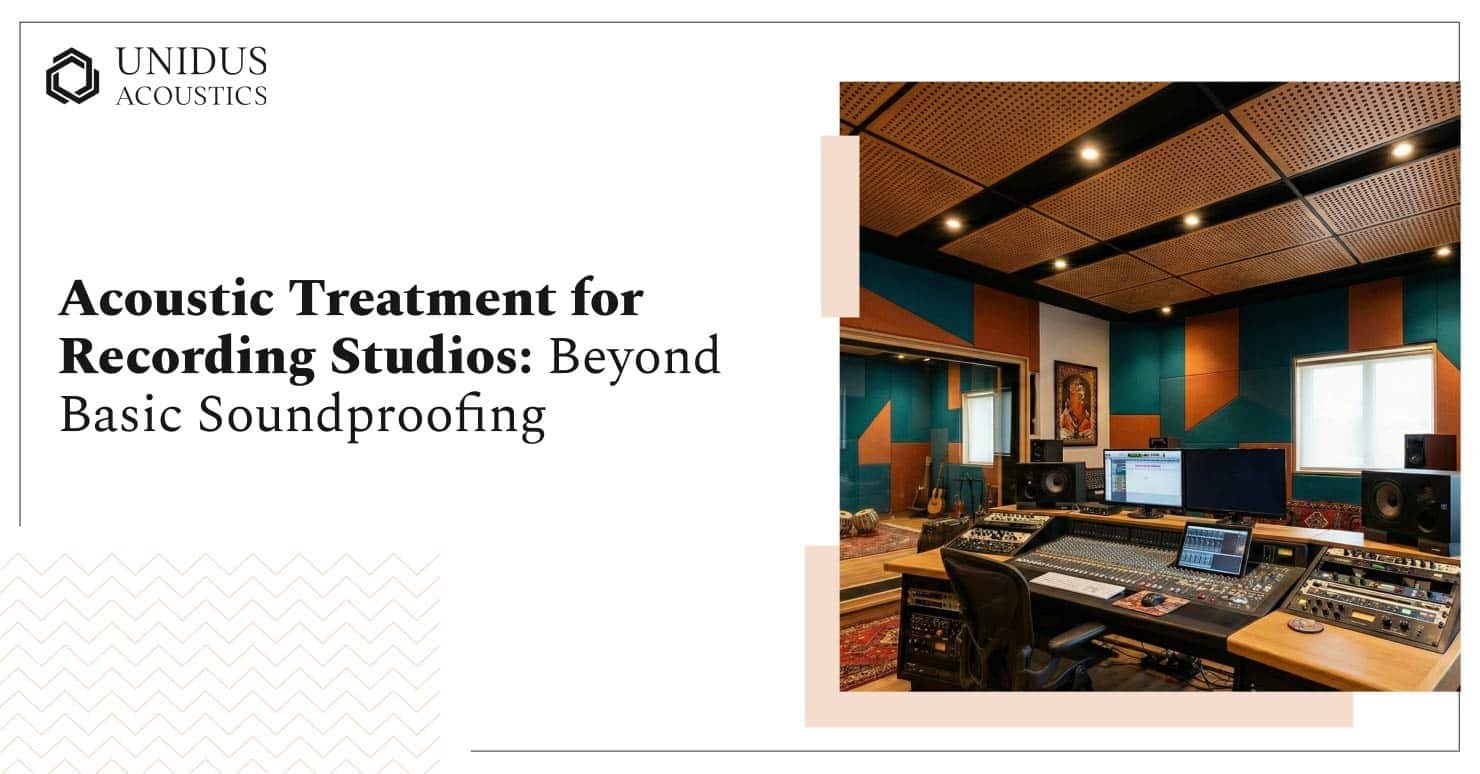The architectural firm’s presentation was flawless. Sleek renders, innovative spatial planning, and sustainable materials. Six months later, the corporate client was furious. Their Rs 50 crore headquarters had become an acoustic nightmare—conversations impossible, productivity plummeting, employees complaining of headaches.
The stunning glass atriums that looked so impressive in renders had created sound canyons that amplified every footstep into a percussion symphony.
This scenario plays out more often than we think. The difference between acoustic success and disaster often comes down to one decision: when to bring in acoustic consultancy.
The Rs 2 Lakh Decision That Saves Rs 20 Lakh
Here’s what most people don’t realise: acoustic consultancy isn’t about fixing problems—it’s about preventing them. The sweet spot for intervention isn’t when you notice issues; it’s during those critical early conversations when you’re still arguing about ceiling heights and wondering if that double-height reception area is really necessary.
Here’s something that surprises most people: those soaring ceilings everyone warns you about? Sometimes they’re actually acoustic gold mines.
Standard thinking says high ceilings mean reverberation problems. But smart acoustic geometry can flip that script entirely; those reflections start working for you instead of against you. Now, architects get their dramatic spaces, and clients discover they need half the sound equipment they budgeted for.
But these breakthroughs only happen when acoustic specialists are sketching alongside architects, not cleaning up after them.
The Hidden Cost of Acoustic Retrofits

Most projects budget for acoustic solutions as line items—Rs X for ceiling panels, Rs Y for wall treatments. What they don’t budget for is the cascade effect of late-stage acoustic discoveries.
When that trendy exposed ceiling design turns a restaurant into a cacophony, you’re not just buying acoustic panels. You’re paying for design modifications, construction delays, and possibly even temporary closure during installation.
Picture this: gorgeous corporate office, Instagram-worthy interiors, and acoustic performance of a railway station. The default solution? Slap acoustic panels everywhere and hope nobody notices how the space lost its edge. The clever solution?
Custom acoustic lighting that does double duty—kills the noise while keeping the visual drama. Problem is, that elegant fix costs three times what early planning would have required.
When Timing Changes Everything
The most expensive words in construction are “while we’re at it.” But in acoustics, timing can completely flip the cost equation. Here’s a timing reality check: two weeks can completely flip your acoustic budget.
Move that consultation from “construction documentation” to “design development” and watch substantial acoustic packages shrink into elegant integrated solutions. Same performance, fraction of the cost. But only if you’re not already locked into design decisions that paint you into acoustic corners.
Consider structural changes. If your acoustic consultant identifies that your proposed open office needs sound masking, that’s a technology solution with ongoing operational costs. But if they’re involved early enough to suggest minor modifications to your HVAC design—perhaps adjusting duct routing to create beneficial white noise—you might achieve the same acoustic comfort through clever engineering rather than additional technology.
The Nuances Nobody Talks About
Every acoustic consultant has stories about the details that make or break projects. The conference room where moving the projection screen 30 centimetres eliminated echo problems. The restaurant where changing the table spacing by 15 centimetres transformed the acoustic experience without touching a single panel.
These micro-interventions are invisible to users but create dramatic improvements in acoustic comfort. They’re also impossible to achieve retroactively. Once that conference table is fixed in place, once those restaurant booths are installed, your options narrow dramatically.
The Integration Opportunity

Smart acoustic consultancy timing isn’t just about cost savings—it’s about integration opportunities that late-stage involvement can’t capture. When acoustic solutions become architectural elements rather than add-ons, they often perform better while costing less.
Data centres are perfect examples of this integration magic. These places are acoustic nightmares—all that humming equipment driving staff mad. Most people think of “acoustic treatment” and picture boring panels everywhere.
But get involved early enough, and those acoustic panels become perforated metal features that handle ventilation and corporate branding while they’re absorbing sound. Triple win: happier employees, lower HVAC bills, and a space that actually looks intentional.
Reading the Acoustic Tea Leaves
Experienced acoustic consultants develop an intuition for projects that will have issues. Open-plan offices with high ceilings and hard surfaces. Restaurants with parallel walls and no soft furnishings. Hotels with atrium designs and marble everywhere. These red flags are obvious to specialists but might not register during design development.
The value isn’t just identifying problems—it’s seeing solutions that non-specialists miss. That problematic atrium might become an acoustic asset with the right treatment strategy. Those parallel restaurant walls might create beneficial acoustic focusing with clever panel placement.
The Performance Prediction Game
One advantage of early acoustic involvement is performance prediction accuracy. Acoustic modelling software is sophisticated, but garbage in means garbage out.
Models created from architectural drawings often miss crucial details—furniture placement, HVAC noise, occupancy patterns—that dramatically affect real-world performance.
Consultants involved from early stages can influence these variables, ensuring that acoustic predictions align with final performance. Late-stage consultants work with what they’re given, often leading to over-specified solutions that waste money or under-specified ones that disappoint users.
Takeaway
Acoustic consultancy isn’t a luxury or a post-construction patch. It’s a strategic asset that adds value when brought in early.
Whether it’s preventing costly retrofits, integrating invisible performance features, or transforming sound into a strength, the timing of acoustic input can mean the difference between a space that looks good and one that feels right.
At Unidus Acoustics, our 40 years of expertise have taught us that the best acoustic solutions are the ones users never notice. When we turn noise into harmony, the magic happens in spaces where acoustic comfort feels natural, not engineered.
Our acoustic consultancy approach recognises that every project has unique acoustic fingerprints shaped by the architecture, use patterns, and user expectations. Rather than applying standard solutions, we develop bespoke acoustic strategies that enhance the functionality and aesthetics of your space whilst delivering value for money through intelligent timing and integration.
The question isn’t whether your project needs acoustic expertise—it’s whether you want that expertise working for you or against you. Early engagement transforms acoustic consultancy from damage control into design enhancement, creating spaces that perform beautifully from day one. Ready to integrate acoustic excellence into your next project? Contact Unidus Acoustics to discover how strategic acoustic consultancy can enhance your design whilst optimising project economics.





